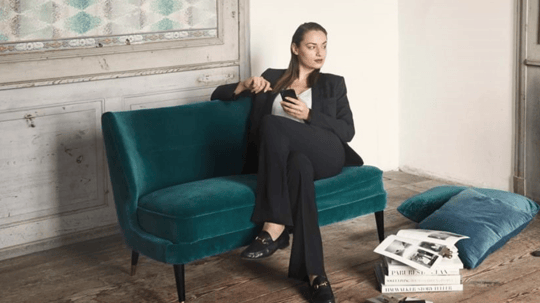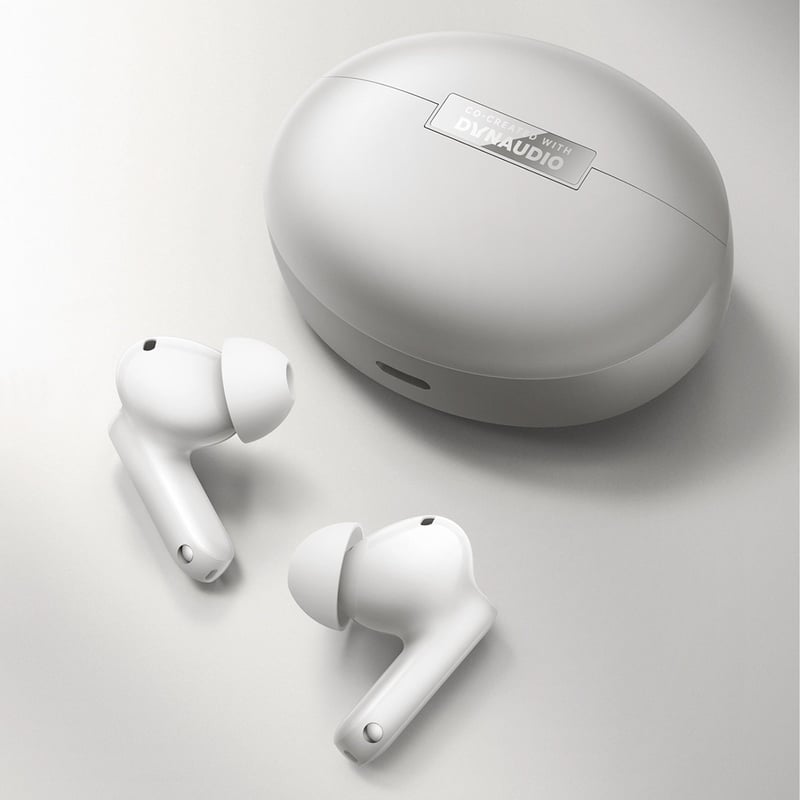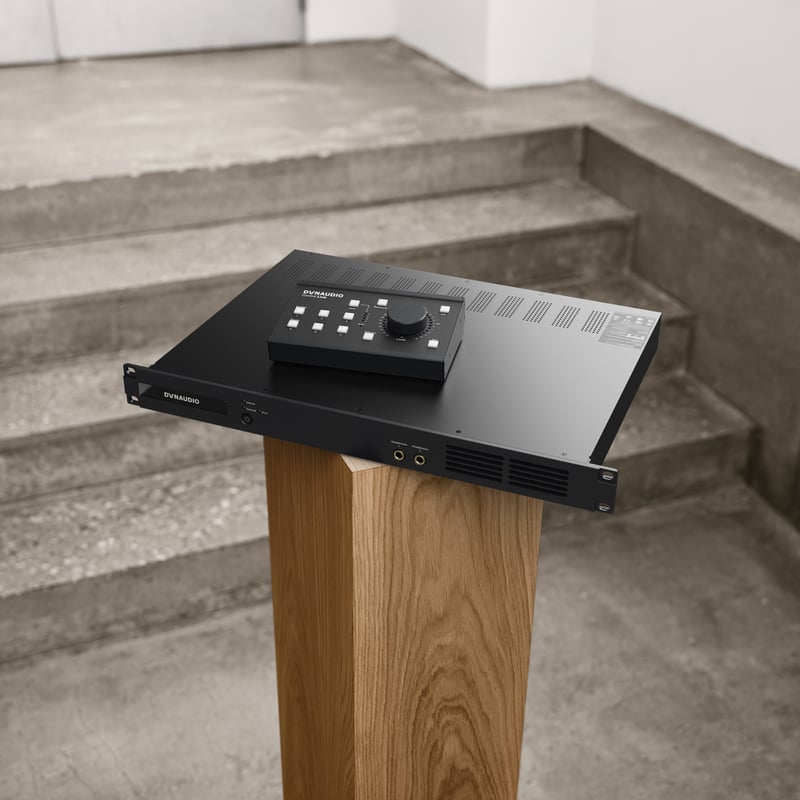This episode's question
This time there's just one. So, watch it above or find more Ask the Expert video below
Subscribe now: Ask The Expert on YouTube
Thank you!
We want to thank all of you who posted questions on our Facebook posts. We didn't have a chance to answer all of your questions, but we'll keep them in reserve - just in case.
Subscribe now: Ask The Expert on YouTube
If you have any more questions, please share them with us - and the rest of our community - on our Facebook page, in the comment section on YouTube or send us an E-Mail with your question.
All the best,
Georg and Christopher
Like that? Watch this...
What is Digital Signal Processing? In the fifth episode of Ask the Expert, we asked Jan Abildgaard Pedersen, our CTO, exactly that - watch here.
How do you take proper care of your loudspeakers? It's a question we get so often that we decided to do an episode of Ask the Expert about it.
How do you place and calibrate your loudspeakers? Watch as Otto Jørgensen, our Customer Care Manager, discusses exactly this in the first-ever episode.
Transcript
Christopher Kjærulff, Content Manager: Hey guys! My name is Christopher and I am from Dynaudio. Today we are in Munich for the annual High End show. With me here in the studio I have Georg. Georg can you just say a couple of words about yourself.
Georg Le Kynde, Mechanical Engineer: Yeah, I am a mechanical designer here in Dynaudio and I try to basically facilitate the work between the acoustic team and the designer. And make something that can actually be produced and sound great. But it is not me that makes it sound great it is those guys.
Christopher: Perfect. Should we do the questions?
Georg: Yeah sure…
Christopher: Okay Georg. We have a question from Robert. And he asks what kind of analysis tools we use.
Georg: We use several different kinds of tools. For example if we use… if we want to make a simple strength calculation of for example the feet for the new Contour line – we have a simulation tool that can be used for rather simple linear calculations so that when you take… lets take the Contour 60 as an example which is a speaker that weights about 50-55 kgs…
Christopher: It is a heavy speaker.
Georg: It is a damn heavy speaker yeah. And… You tend to – when you move it around in your living room, you tend to let it rest on one leg and then slightly moving it. So the feet has to cope with the entire 50-55 kilos and that calculation tool makes it possible for us to do some simple preliminary calculations of whether or not the cast feet and this case it is cast-aluminum. It can cope with a load. So if it cannot cope with the load, we try to use the tools to find out where we can improve the structure. For example we make the roundings bigger to cope with the…
Christopher: … the force of the weight.
Georg: Yeah… the stresses in that area…
Christopher: So when you run a simulation like this what does it look like because I have not seen one. So I am curious to know what…
Georg: Well we get a pinpointed chart afterwards where it is color coded so that the high stress areas are normally indicated by a color red and non-stressed or non-influenced areas are colored blue.
Christopher: And from that those pinpoints, you can then say “Ok, this is a weak area of the speaker”
Georg: Exactly… Exactly…
Christopher: And then you can go and try to improve.
Georg: Yeah. You can. You can change the roundings. You can make it thicker, you can do different kind of adaptions, so that you can cope with the stresses in a given area.
Christopher: And does it also apply to… You were talking about the feet now. Does it also apply to for instance, the woofer – so the cabinet itself? Would you go in and analyze on that.
Georg: Yeah. You can do that as well. We have a different tool called the COMSOL. Which is Multiphysics tool where you can analyze in different aspects of the speakers. Also the airflow through the speaker and try to do some calculations of the needed back port size and stuff like that…
Christopher: But it is all to find the weak areas and try to improve on that?
Georg: Yeah. It is. And it is to make it a better sounding product first out of tool instead of – for example the 6th version where we tried different things. In this way, we can get a better first prototype.
Christopher: And I guess that.. I Know that you as a mechanical engineer you of course work closely with the acousticians and the product management team and they come with a lot of ideas and wishes and then you have to kind of make it work in the real life right? To find the compromise that fits…
Georg: It is not always easy though…
Christopher: No… and I guess that a tool like this makes that – you talked about – you avoid having to go through 6 different prototypes. It helps us start closer to the finish line I guess.
Georg: Yeah Yeah. It does. Of course we always need to make prototypes and test it in the given situations but because there might have been something we didn’t take into account and when you are doing this kind of calculations, what you put in is what you get out. So if what you put in is rubbish or it’s not done thoroughly then what you get out is useless.
Christopher: So I guess the bottom line is that we actually do a lot of analysis, simulations and calculations to find out if the speaker is structurally – I don’t know if it is the right word – sound and can hold up.
Georg: Yeah we do, we do…
Christopher: And it was FEA? Finite…
Georg: FEA is called Finite Element Analysis
Christopher: OK and then COMSOL?
Georg: COMSOL is the same but it works with the Multiphysics. So it takes more into consideration. Whereas the other one we use for the simple linear. It is a basic strength tool.
Christopher: OK. So it all depends on how – on where in the process you are. Which tool you would use…
Georg: Yeah
Christopher: Yeah
Georg: Yeah… Exactly…
Christopher: Perfect!
Sign up to get more great articles
Nothing compares to the satisfaction of knowing – for a fact – that something is as good as it gets





